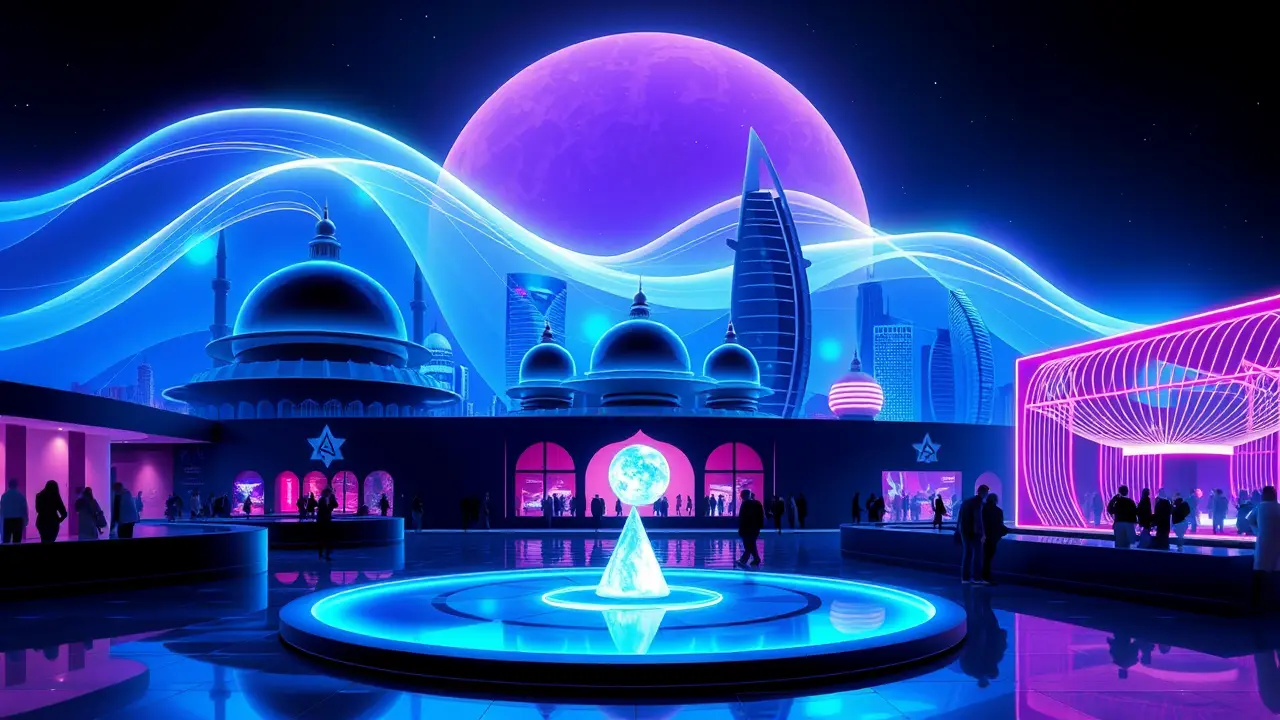
Entertainmenttheatre & artsArt Exhibitions
Qatar's Growing Art Scene and Market Sustainability Questioned.
AN
Andrew Blake
24 hours ago7 min read
The Gulf state of Qatar is making another ambitious play for a permanent seat at the high table of global culture, launching a new quadrennial event that adds to its already impressive portfolio of international offerings, which notably includes hosting an Art Basel franchise and maintaining a significant pavilion at the venerable Venice Biennale. This aggressive, state-backed cultural offensive, funded by the nation's immense hydrocarbon wealth, raises a fascinating and complex question that art world insiders are quietly debating: is this a sustainable, organic evolution of a local art market, or a meticulously curated mirage in the desert? On the surface, the strategy is brilliant.By importing established, blue-chip brands like Art Basel—the art fair equivalent of a luxury goods conglomerate—Qatar instantly gains credibility and attracts the global elite of collectors, gallerists, and artists to Doha. It’s a shortcut to prestige, bypassing the decades of grassroots development that built art capitals like New York or London.The Qatar Museums authority, under the influential leadership of Sheikha Al Mayassa bint Hamad bin Khalifa Al Thani, has for years operated like a sovereign wealth fund for culture, acquiring landmark works by everyone from Cézanne to Hirst for record sums, effectively writing a multi-billion-dollar check to fast-track a national art history. This top-down approach has undeniable benefits, fostering education through institutions like the Mathaf: Arab Museum of Modern Art and creating a cultural infrastructure that is the envy of the region.But beneath the gleaming surfaces of I. M.Pei-designed museums and the glamour of international art fairs lies the fundamental paradox. A truly sustainable art market isn't built on state purchases alone; it requires a vibrant ecosystem of local commercial galleries, a community of homegrown collectors who buy with passion as well as investment in mind, a critical mass of artists who live and work in the country, and a robust secondary market.Can the presence of Art Basel, with its jet-setting itinerant crowd, catalyze that local ecosystem, or will it simply be a spectacular, temporary event that leaves little fertile ground behind? The historical precedent of other oil-rich Gulf states attempting similar feats offers a cautionary tale; flashy museums and blockbuster exhibitions can sometimes feel like cultural Potemkin villages if they aren't supported by a genuine, bottom-up artistic community. The sustainability question also hinges on demographics and economics.Qatar has a small citizen population, and while there is a growing interest in the arts among the youth, the collector base is still nascent compared to established markets. Furthermore, the art market is notoriously fickle and subject to global economic tides.Qatar's current strategy insulates it somewhat through sheer financial might, but long-term resilience would require developing a market that can withstand a downturn in state spending or a shift in national priorities. The new quadrennial is a bold experiment, a bet that continuous, high-profile international exposure will eventually create a self-sustaining cultural economy. The world will be watching to see if this carefully engineered oasis can blossom into a permanent, thriving landscape, or if, once the spotlight of Art Basel moves on, the local market will struggle to find its own footing in the shadow of such colossal, state-sponsored imports.
#Qatar
#Art Basel
#art market
#international art
#Venice Biennale
#cultural events
#featured
Stay Informed. Act Smarter.
Get weekly highlights, major headlines, and expert insights — then put your knowledge to work in our live prediction markets.
Comments
It’s quiet here...Start the conversation by leaving the first comment.
© 2025 Outpoll Service LTD. All rights reserved.